介绍
背疼。
患者数据
年龄:50岁
性别:男
CT
孤立性骨浆细胞瘤(PET-CT)
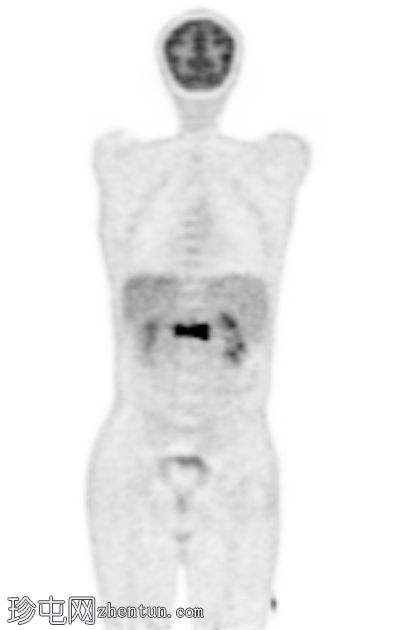
Coronal PET
孤立性骨浆细胞瘤(PET-CT)
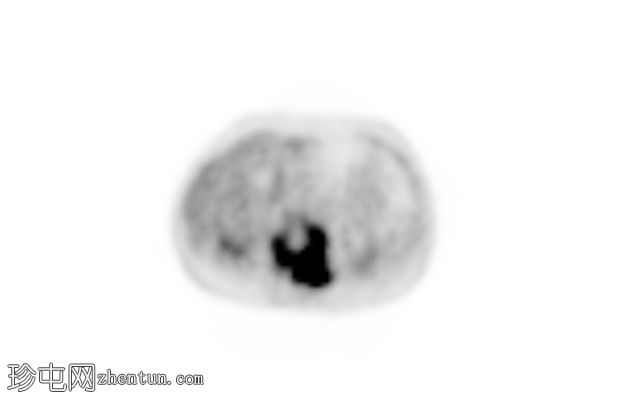
Axial PET
孤立性骨浆细胞瘤(PET-CT)
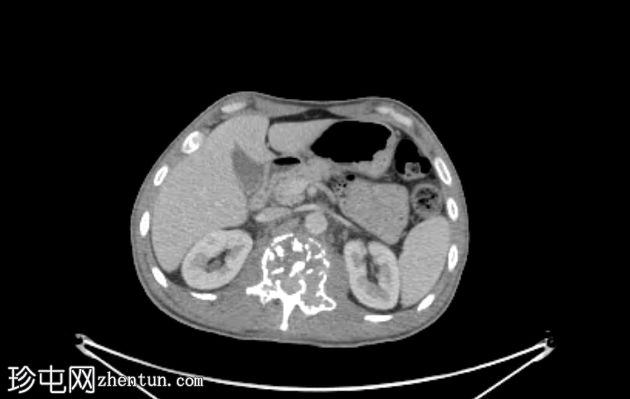
Axial C+ portal venous phase
孤立性骨浆细胞瘤(PET-CT)
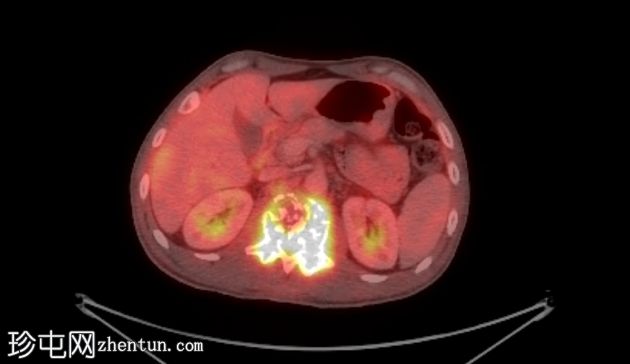
Axial Fused PET-CT
孤立性骨浆细胞瘤(PET-CT)
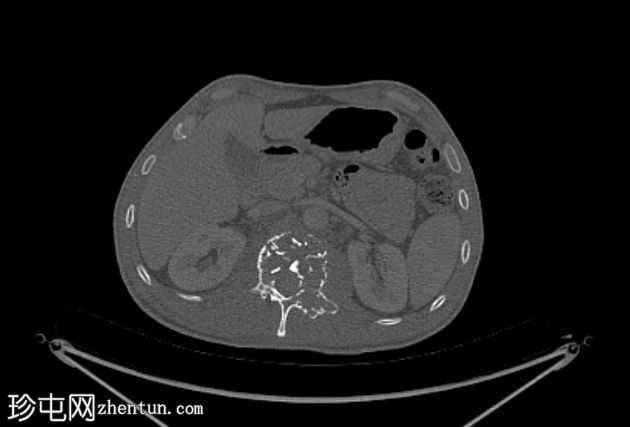
Axial bone window
孤立性骨浆细胞瘤(PET-CT)
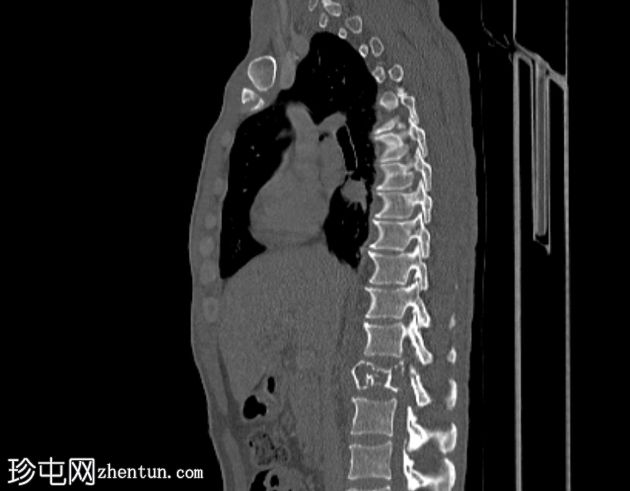
Sagittal bone window
孤立性骨浆细胞瘤(PET-CT)
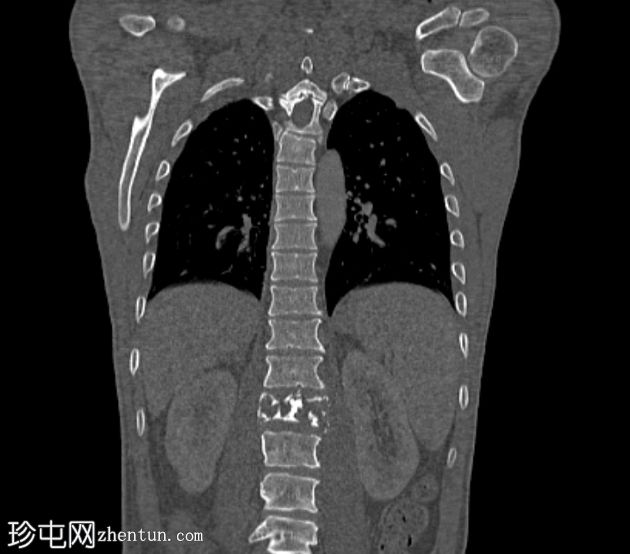
Coronal bone window
FDG 溶骨性病变累及 L1 椎体,SUV 最大 35。椎体显示皮质变薄和粗骨小梁,出现“小脑征”。与骨外薄软组织片有关。还显示椎体压缩边缘骨折。
没有其他代谢活跃的病变对于肿瘤形成是独特的。
放射学检查结果提示孤立性骨浆细胞瘤。
MRI
孤立性骨浆细胞瘤(PET-CT)
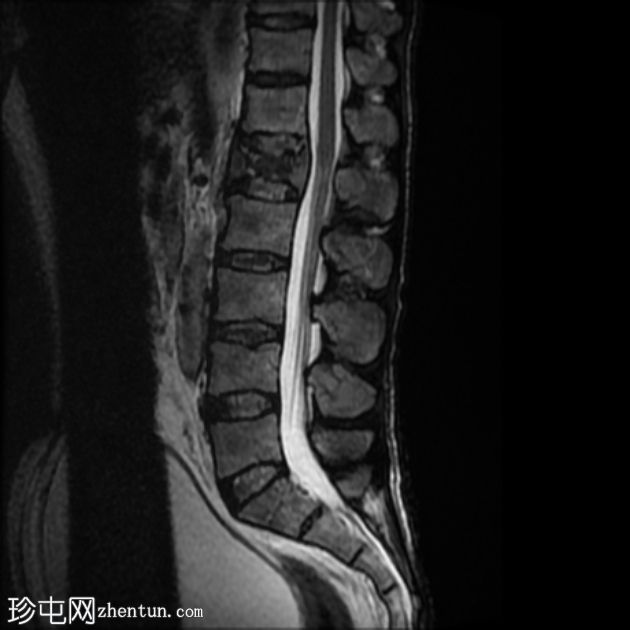
Sagittal T2
孤立性骨浆细胞瘤(PET-CT)
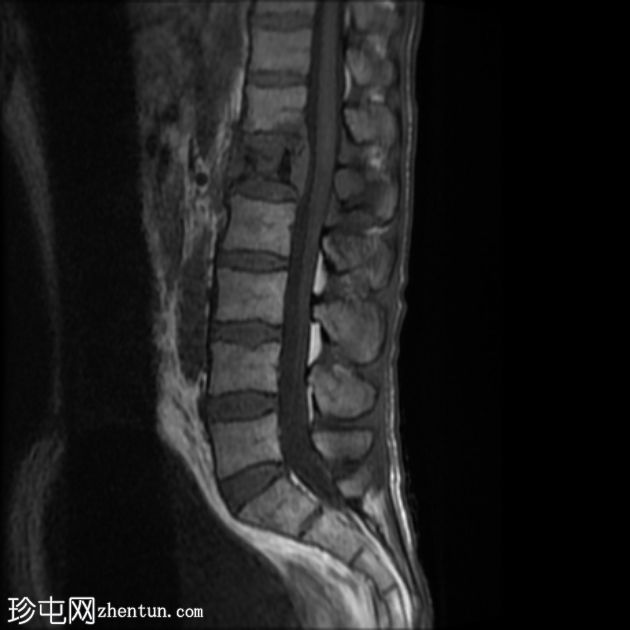
Sagittal T1
孤立性骨浆细胞瘤(PET-CT)
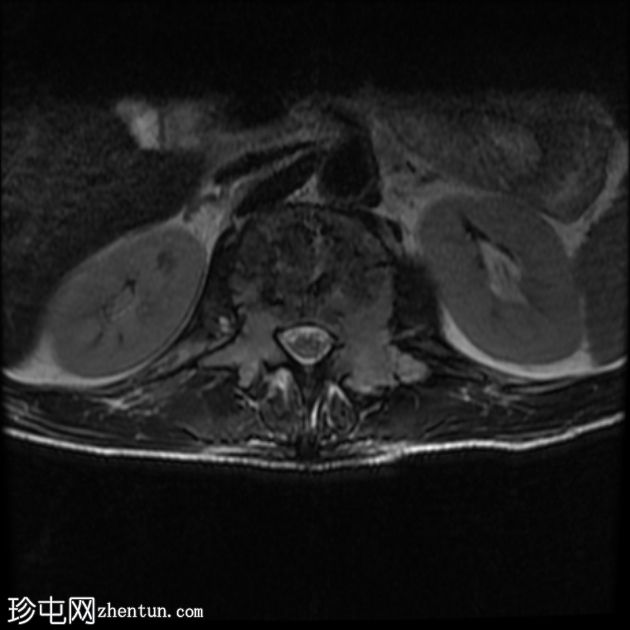
Axial T2
孤立性骨浆细胞瘤(PET-CT)
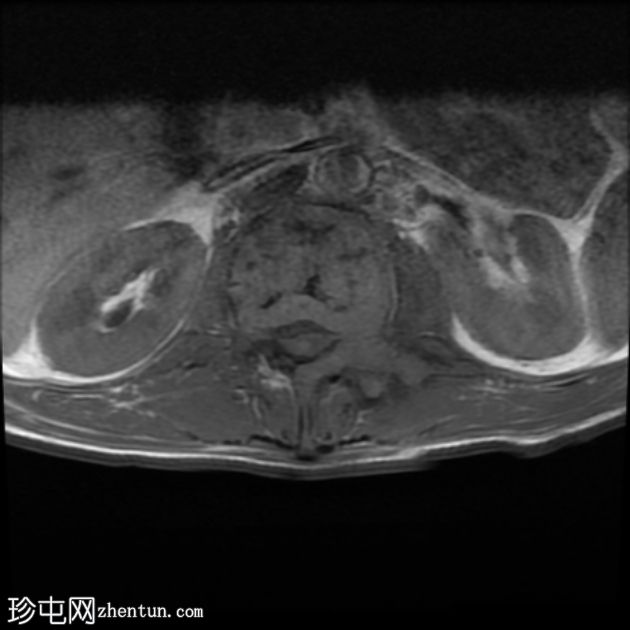
Axial T1
孤立性骨浆细胞瘤(PET-CT)
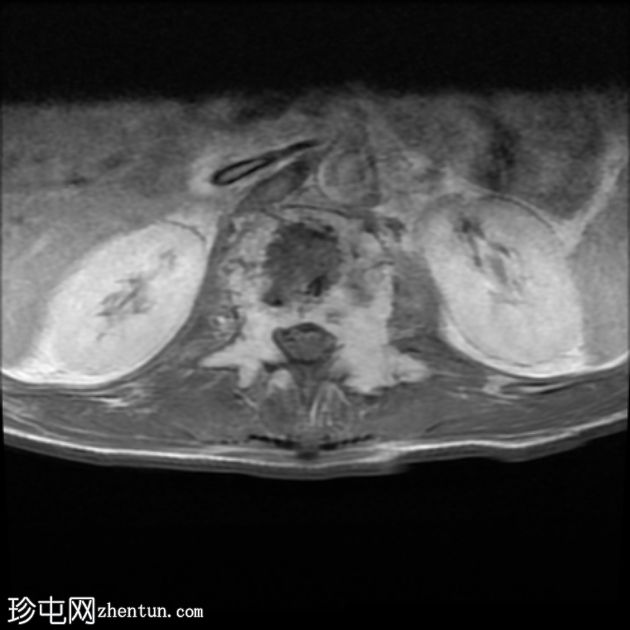
Axial T1 C+
孤立性骨浆细胞瘤(PET-CT)
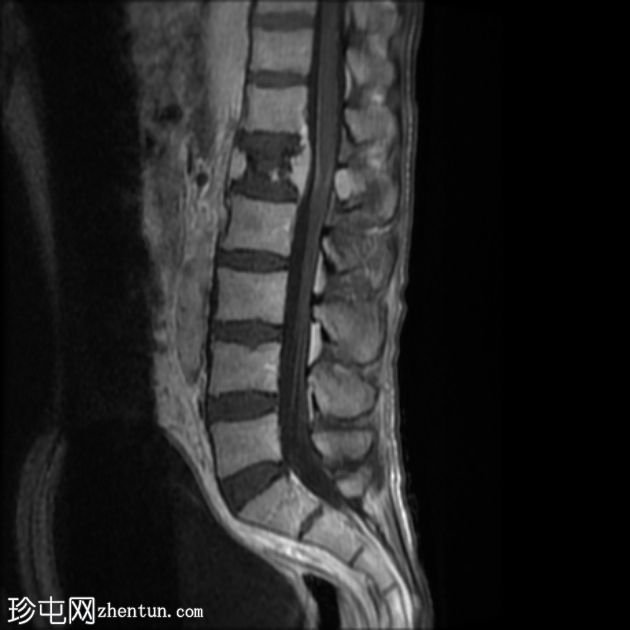
Sagittal T1 C+
L1 骨髓浸润性病变在 T2 WI 上引起低 T1 信号和异质信号,增强后增强。 它显示粗骨小梁和变薄的皮质,呈现出典型的“迷你大脑”外观。 它显示小的骨外增强软组织片。 注意到椎体结构塌陷。 轻度软脑膜增厚和增强,介入或炎症后遗症。
照片
孤立性骨浆细胞瘤(PET-CT)
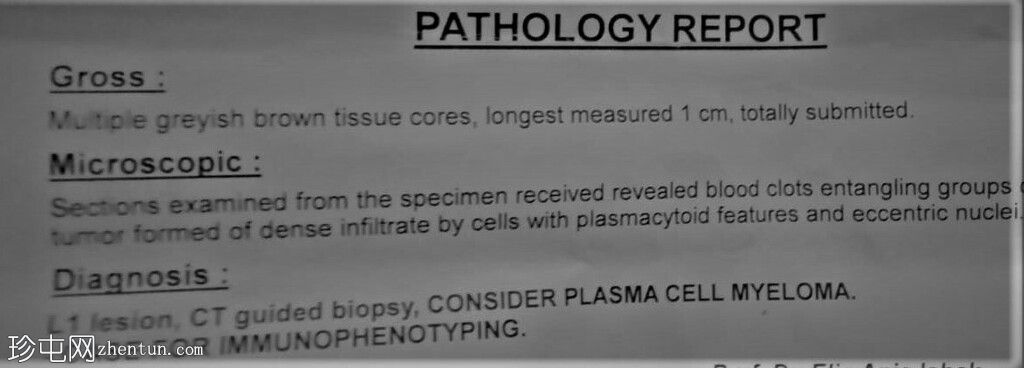
孤立性骨浆细胞瘤(PET-CT)
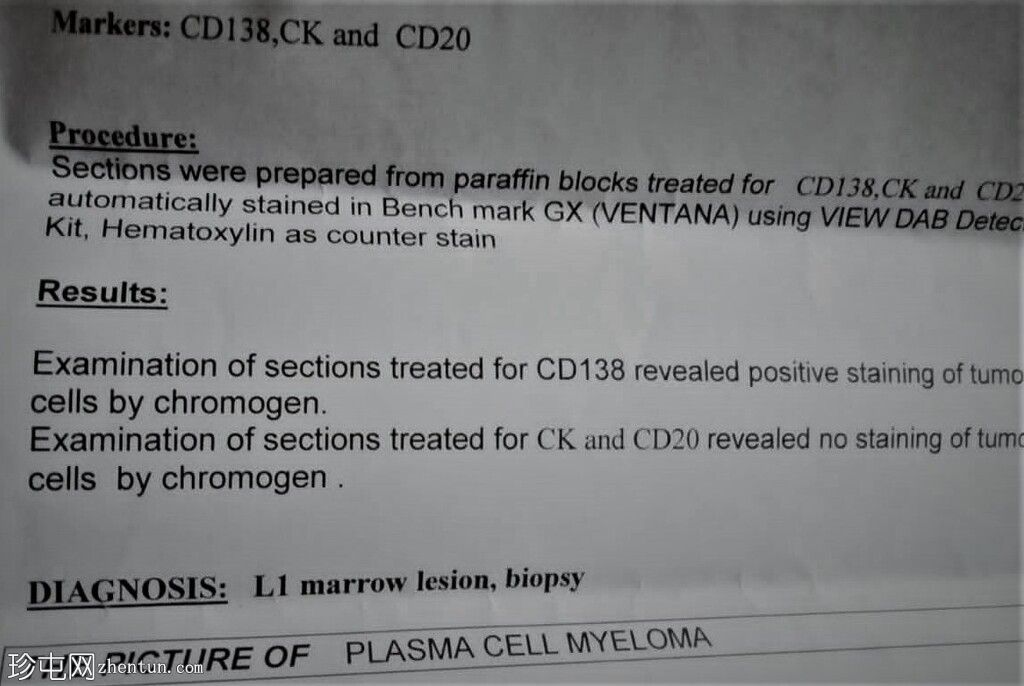
CT-guided biopsy revealed plasma cell myeloma.
照片
孤立性骨浆细胞瘤(PET-CT)
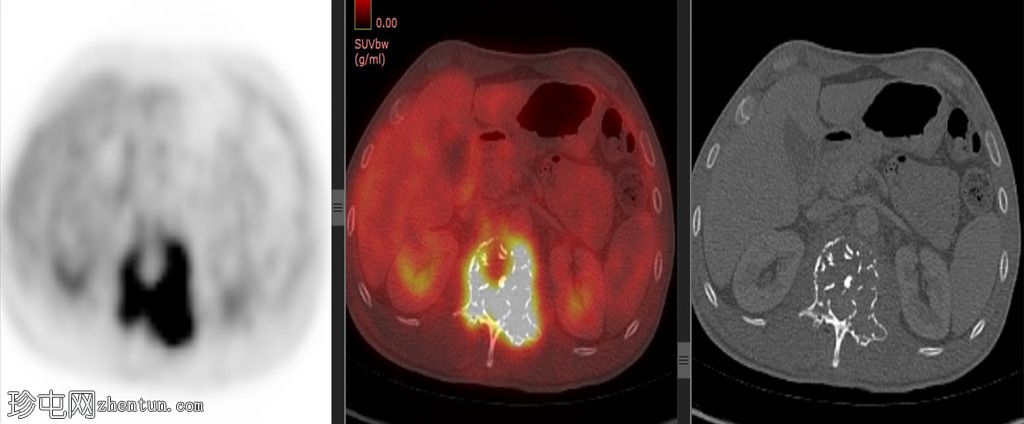
涉及 L1 椎骨的代谢活跃的溶解性病变,显示皮质变薄和粗小梁,给出小脑征,孤立性骨浆细胞瘤的特征。
案例讨论
该案例显示了迷你大脑标志的典型外观。 事实上,这种外观非常有特点,以至于它可能不需要进行诊断性活检。
浆细胞瘤有两个亚组:
孤立性骨浆细胞瘤
髓外浆细胞瘤
孤立性骨浆细胞瘤是一种少见的浆细胞肿瘤,局限于骨。 它们可能涉及任何骨骼,但它们对含有红骨髓的中轴骨骼具有倾向性; 脊柱疾病主要发生在胸椎,其次是腰椎、骶椎和颈椎,较少见于肋骨、胸骨、锁骨或肩胛骨。 |